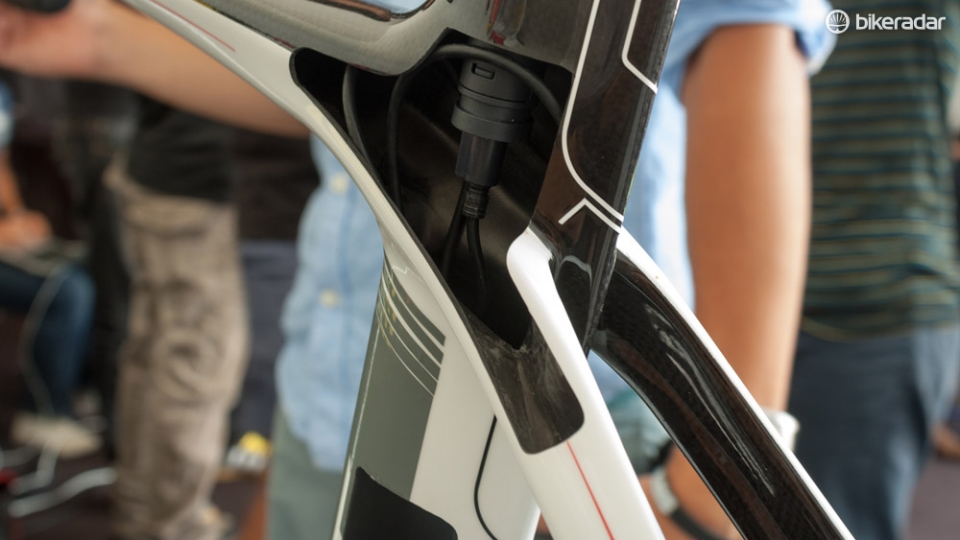Look 795 - first look
Available in two platforms, usurps 695 as range-topping road bike
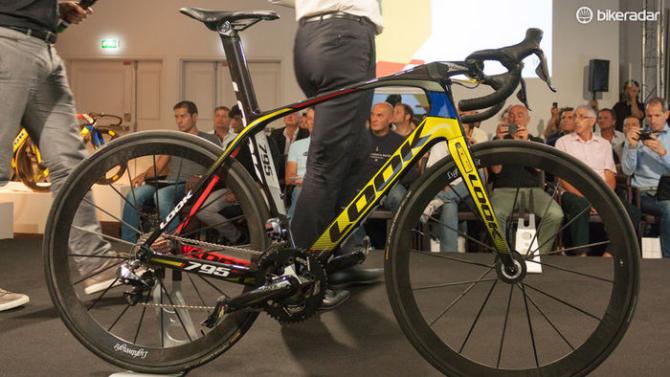
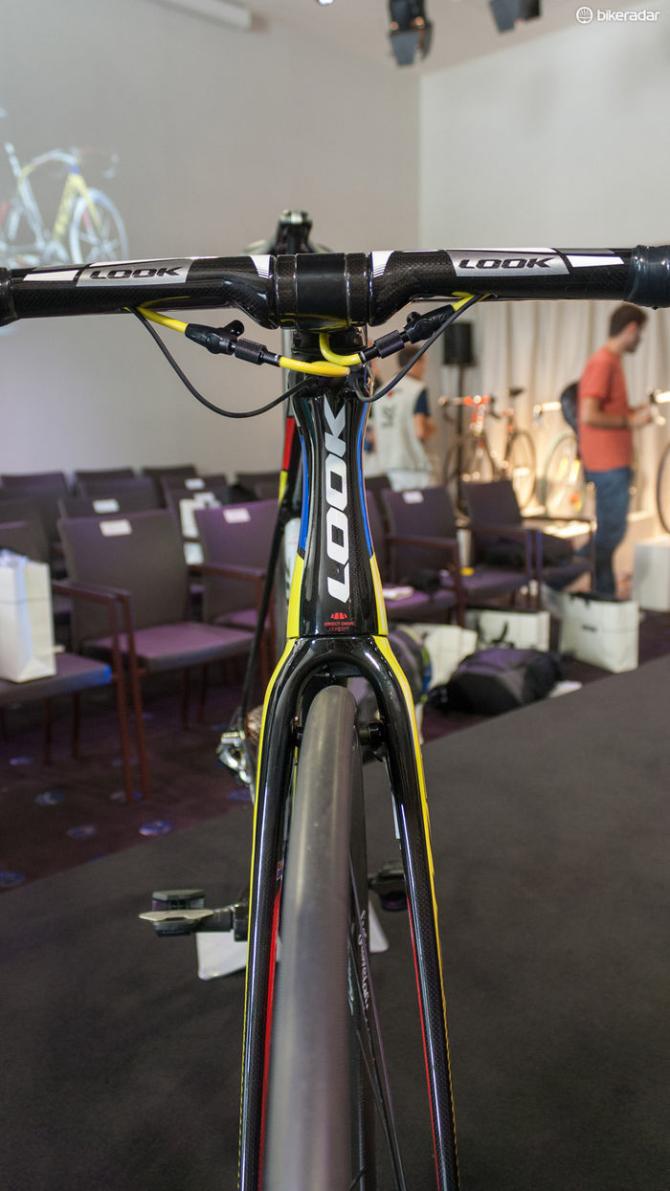
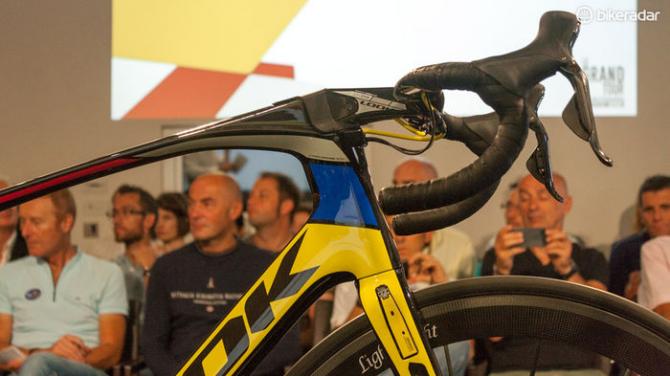
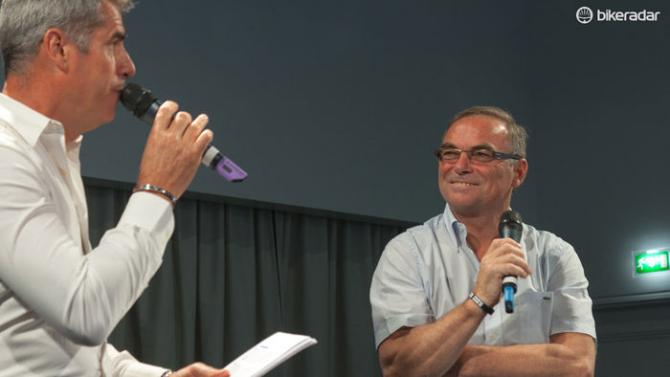
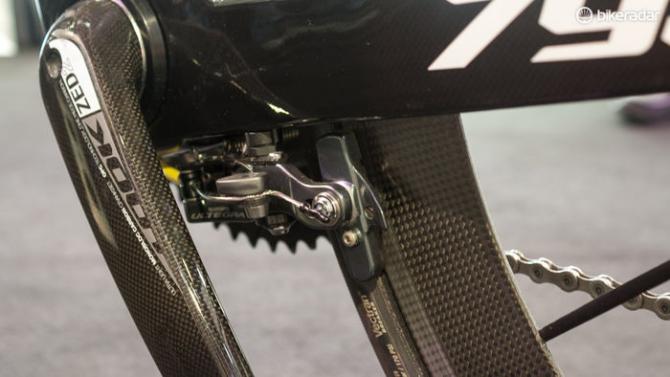
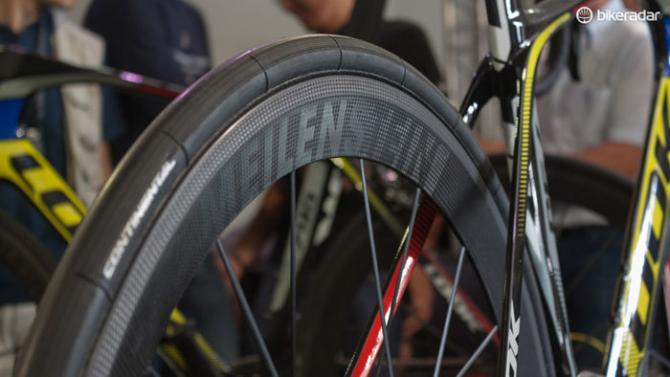
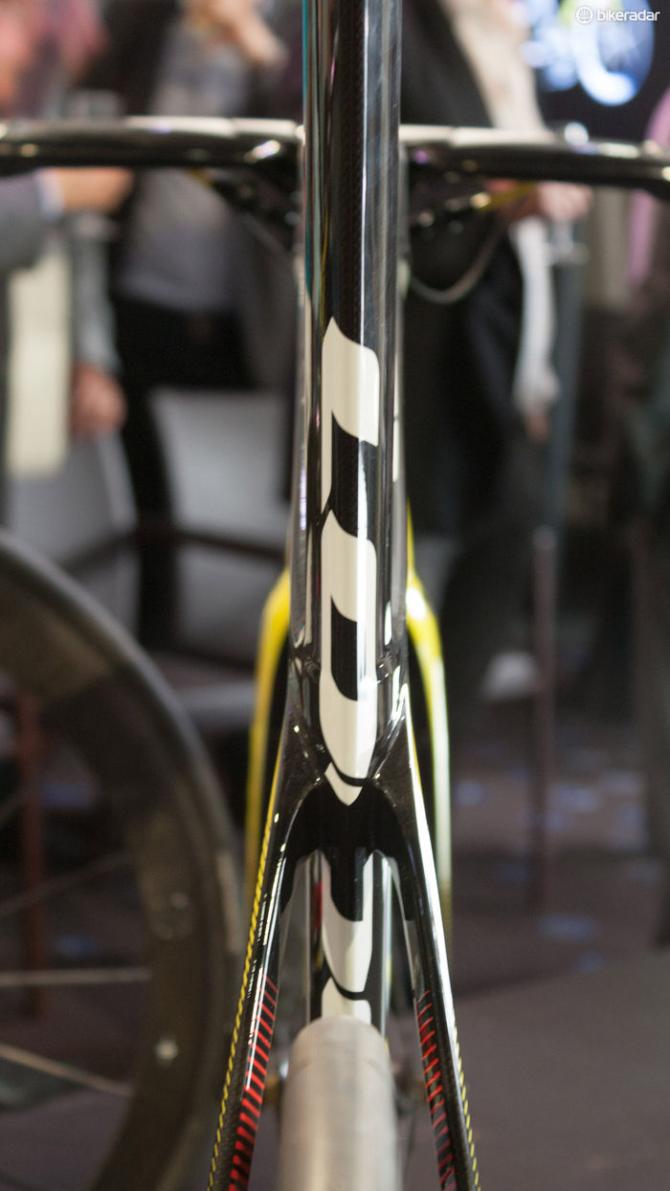
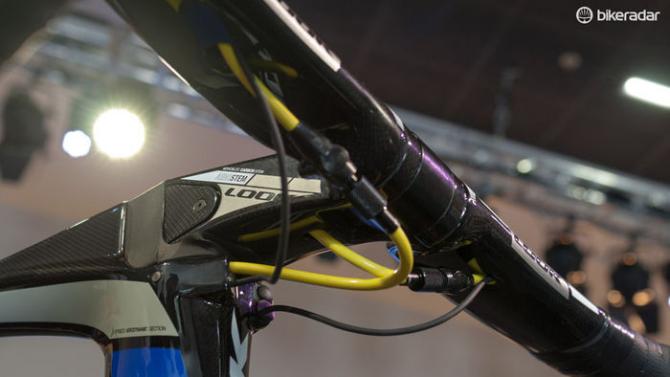
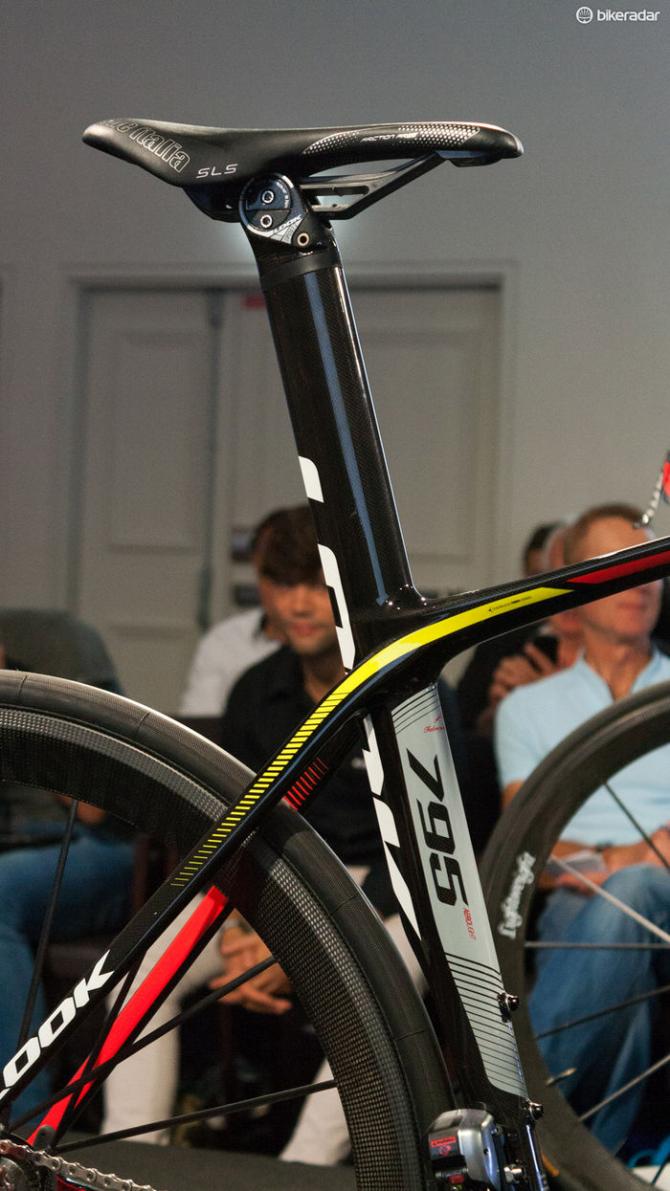
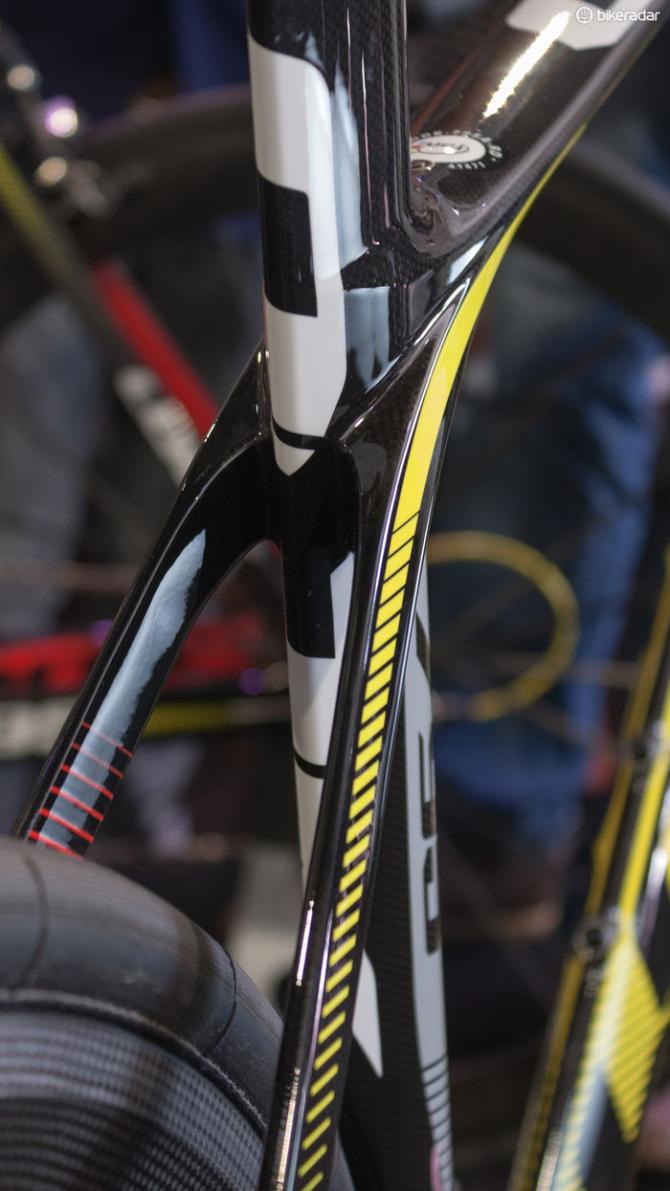
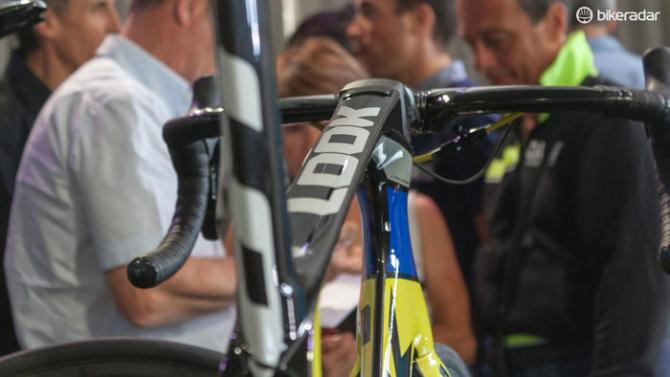
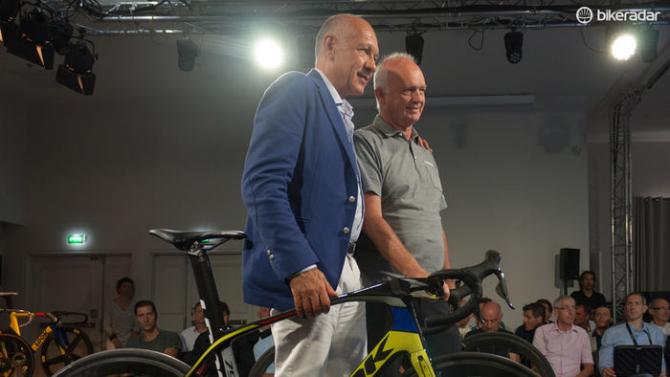
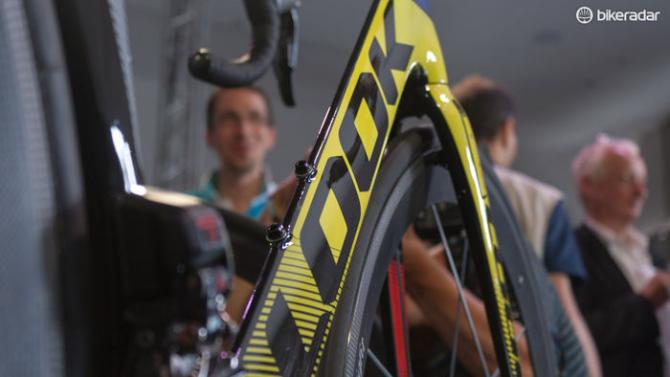
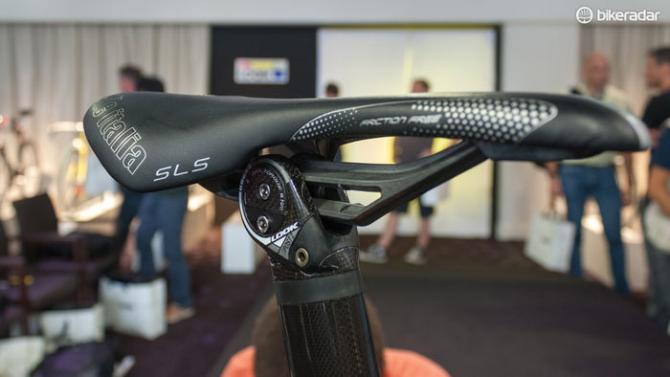
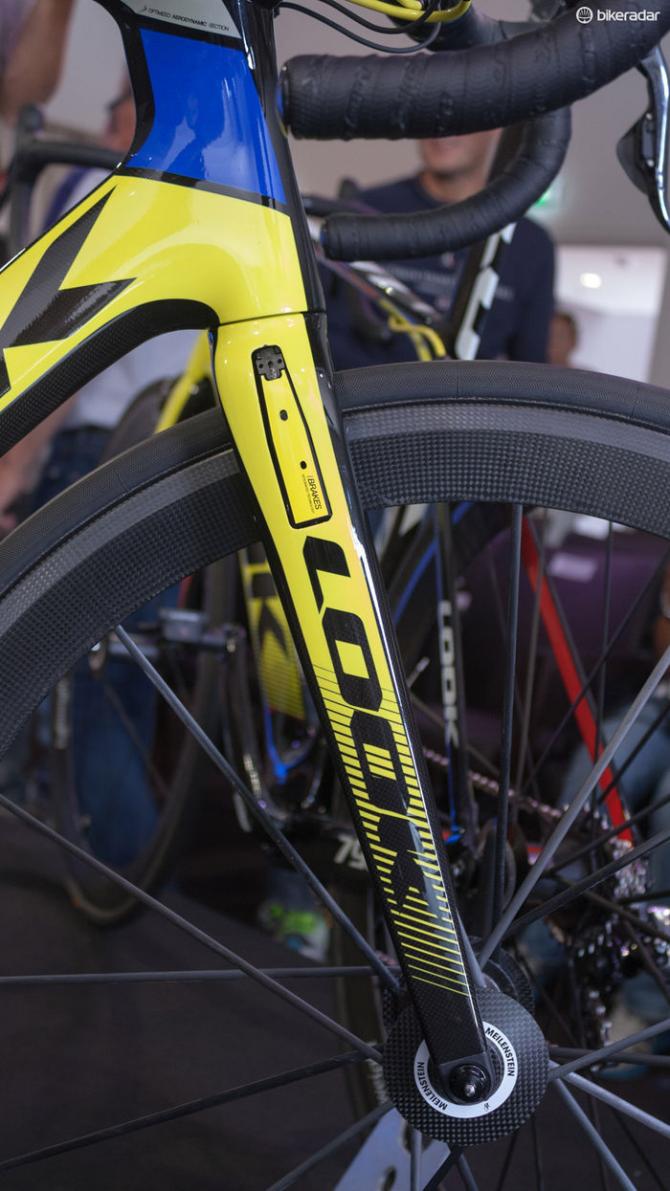
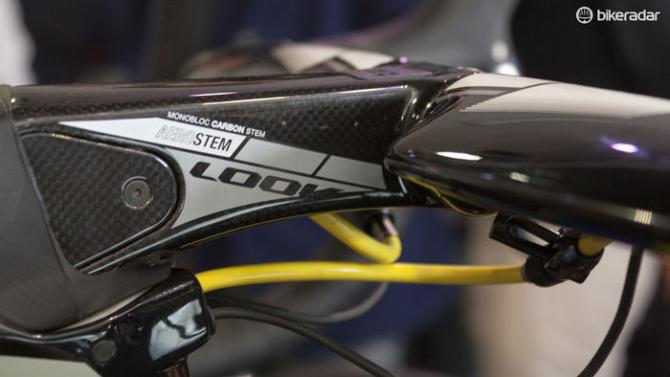

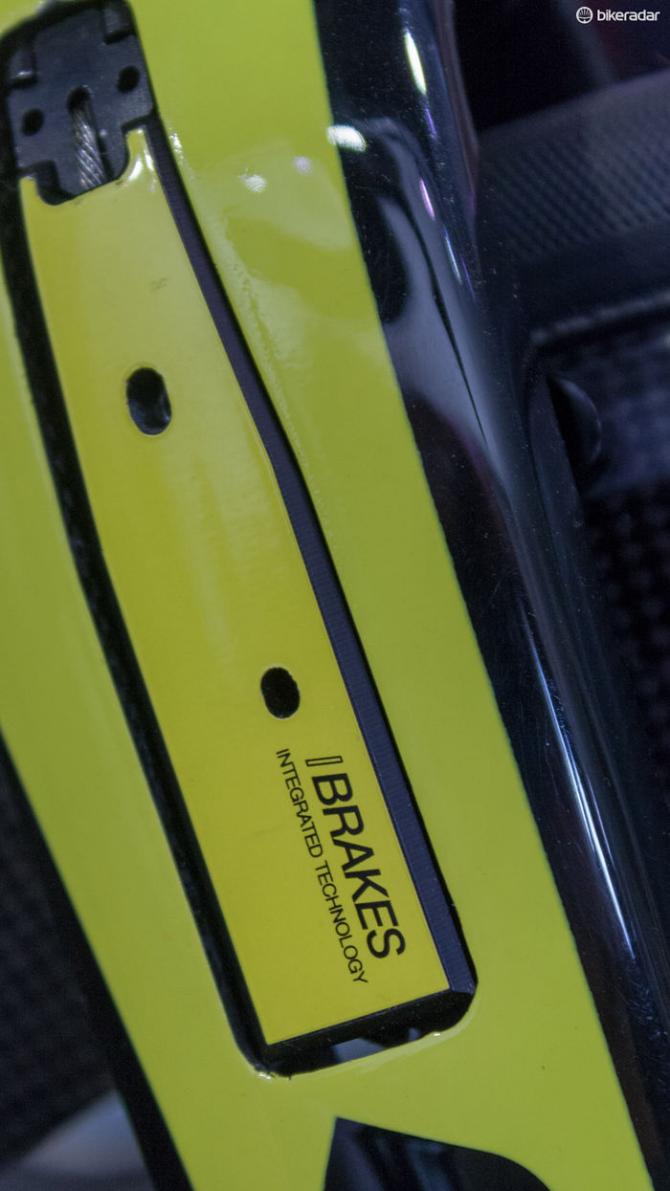
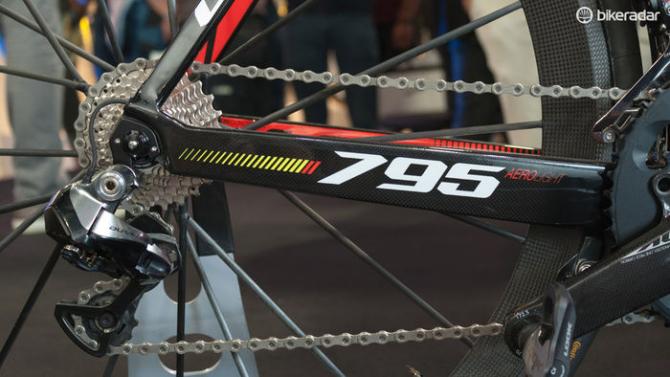
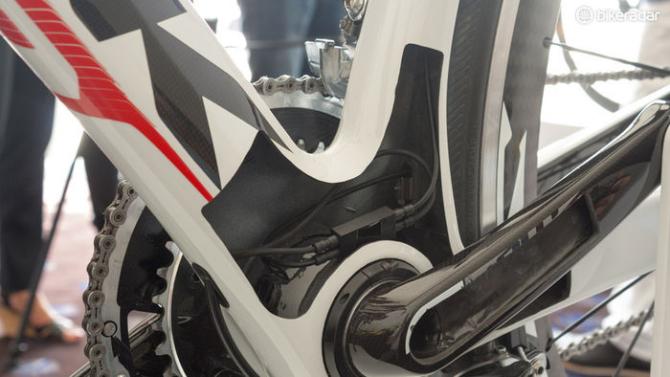
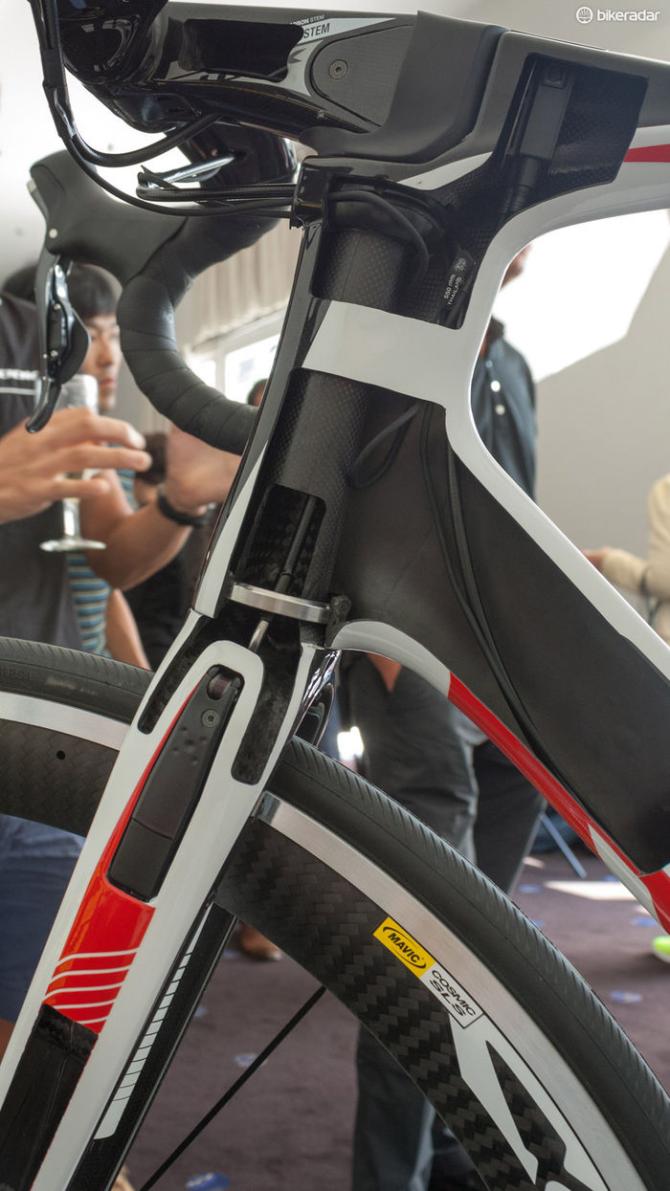
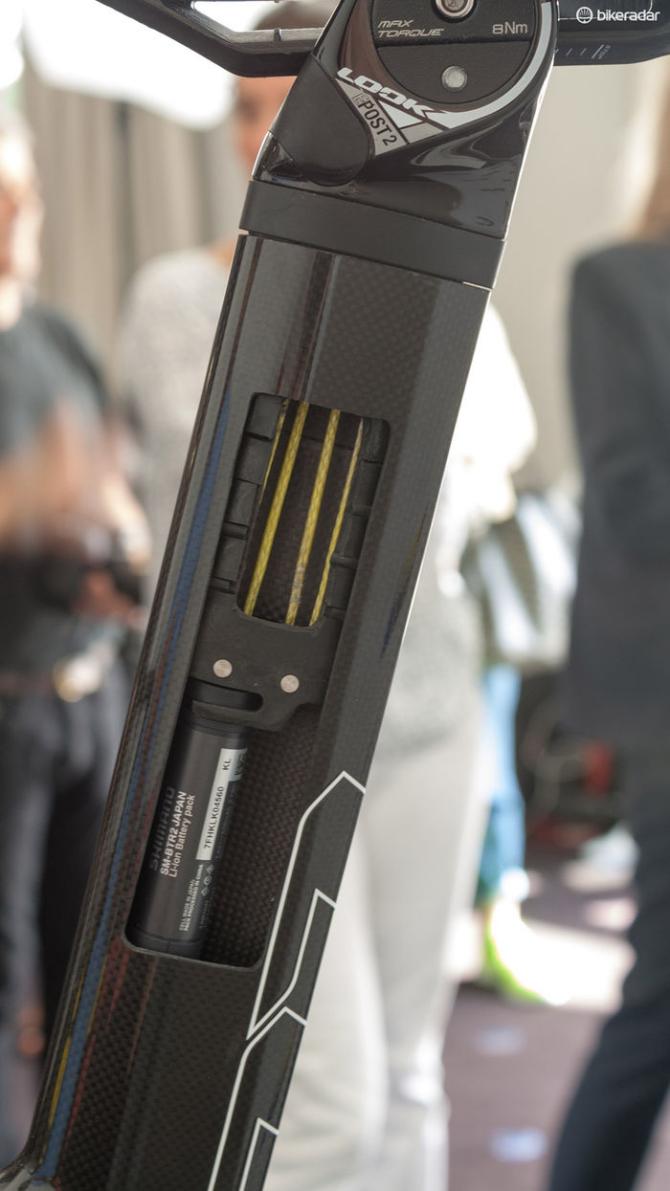
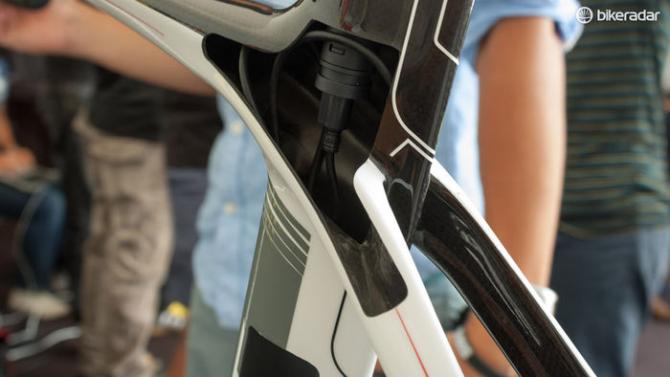
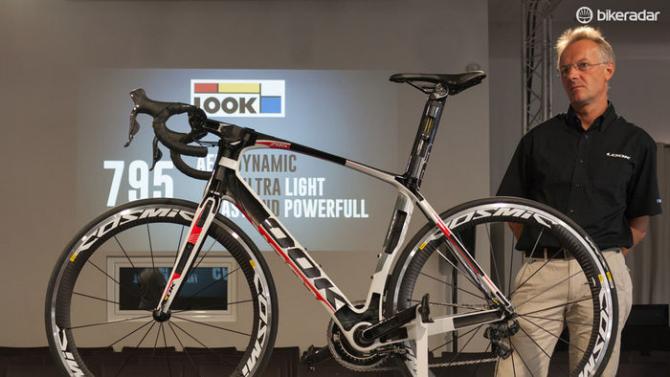
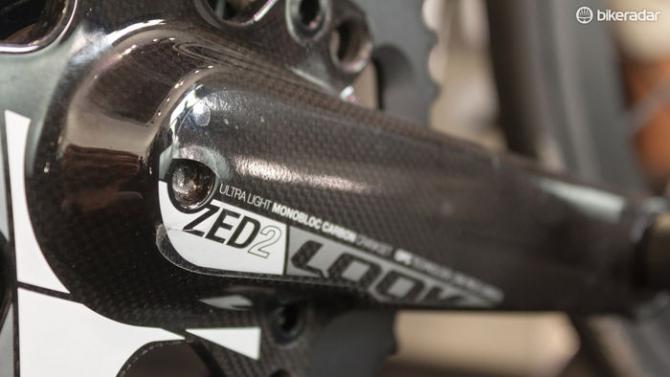
This article originally appeared on BikeRadar
Look recently invited BikeRadar to Paris, where we were shown the company's new road bike, the 795.
The 795 will take over from the 695 as Look's top-of-the-range road bike, and will be available in two platforms: the 795 Aerolight, featuring a fork-integrated front brake and rear brake mounted under the chainstay, and the 795 Light, which runs a traditional brake setup.
It will be available with SRAM and Shimano groupsets. The bikes we were shown had SRAM Red and Ultegra Di2 builds. The integrated front brake has been optimised to work with Shimano levers, but will also work with SRAM and Campagnolo, although it currently can't take a Campagnolo EPS groupset because of its battery shape. A SRAM Red build with no pedals weighs a claimed 5.77kg. All the bikes we saw were also kitted out with Look's own one-piece carbon crankset, the Zed2, which at a claimed 320g is light, and very efficient.
The 795 won't be cheap. A Dura-Ace Aerolight will cost £6,999.99, while a Dura-Ace Light will cost £5,999.99. A frame-only Light will cost €4,599, while the Aerolight frame costs €5,299. It will be available in the UK, USA and Australia from September, although Look's product manager, Frederic Caron, told BikeRadar that the 795 was ready last year but they decided not to launch it because of the financial climate. His analogy of the situation was that "we were like a hunter with one bullet, but not much prey".
But now Look has obviously decided there is enough prey, and with aerodynamic features at the forefront of its creation, the 795 has been designed to cut through the air with ballistic force. Look claims the 795 Aerolight is 11 percent more aerodynamic than the 695 Aerolight, and it's included a range of features that were designed to make it as aerodynamic as possible.
The frame uses NACA (National Advisory Committee for Aeronautics) aerofoil tube profiles to keep it slippery through the air. On the Aerolight, Look's own brakes are hidden in the fork and there's a Shimano calliper under the chainstays. Both brakes are positioned to minimise disruption to airflow, and they also provide the Aerolight with an uncluttered profile. The 795 Light uses direct-mount callipers where you'd expect to find them, and will likely be the choice for racers because the front brake of the Aerolight makes it impossible to change a wheel quickly.
Get The Leadout Newsletter
The latest race content, interviews, features, reviews and expert buying guides, direct to your inbox!
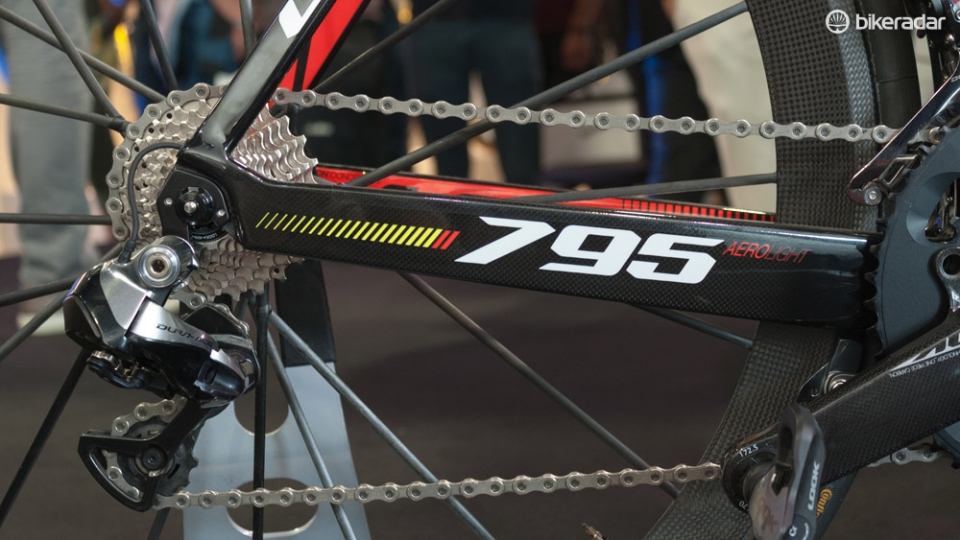
The straight chainstays are claimed to be stiffer than those on the 695
The compact bar is a brand new part and the result of Look working with French track riders. The tops are flat, it has an ergonomic shape and a 120mm drop with 75mm reach. The brake and shifter cables exit from under the bars and there's very little cable/wire exposed before it all disappears into the frame. Once inside the frame, the cables run into a guide which carries them round the steerer, a feature which is one of 11 patented designs on this bike.
The 795 uses the same carbon aerostem found on the 695. It was actually developed specifically for this bike, but Look had already finished it when the 695 was ready, so decided to use it sooner than originally planned. With the stem's design keeping it flush with the top of the top tube there are no spacers at the front, but the stem is adjustable through 13 degrees negative and 17 degrees positive rise. The steerer tube is 9mm taller and a claimed 23g lighter than the 695's, and Product Development Manager Frederic Caron told us that it's been made with a new secret process.
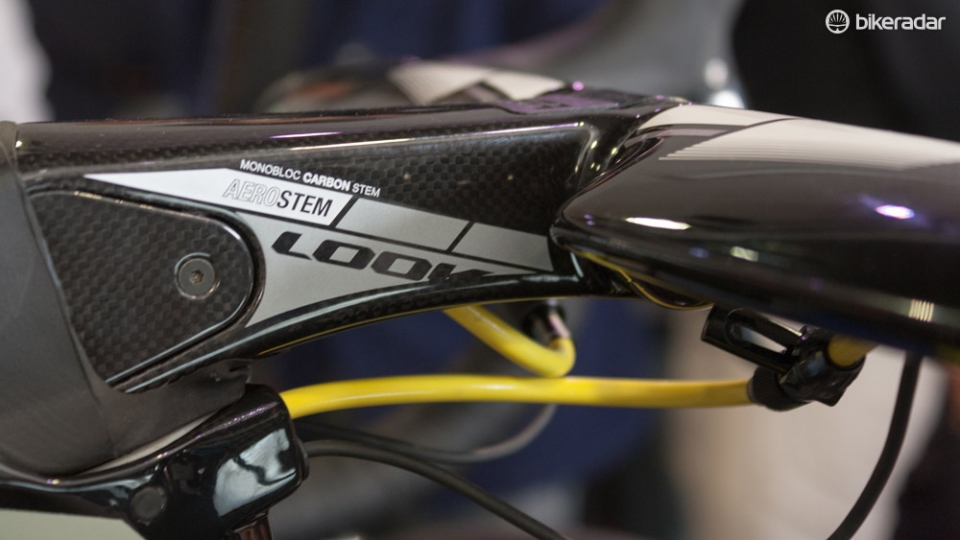
Look's carbon aerostem can adjust to give a range of positions, so there are no spacers on the steerer tube
The seat tube is a claimed 20 percent more flexible than the 695's, which is achieved through using a different grade of carbon. To further improve comfort, Look's E-Post 2 seat post and tube are also separated by shock-absorbing elastomers, so they're never in direct contact. The locking mechanism that keeps it in place has also been designed to work with half a screw turn and the post sits flush with the seat tube, so the profile of the seat tube is uninterrupted all the way to the saddle.
Elsewhere on the frame, the bottom bracket shell is wider and a claimed 30g lighter than the 695's. Look also says the straight chainstays are stiffer than those of the 695, but are designed to offer some flex over poor surfaces.
